December 5, 2019
Second life
• Polygon.
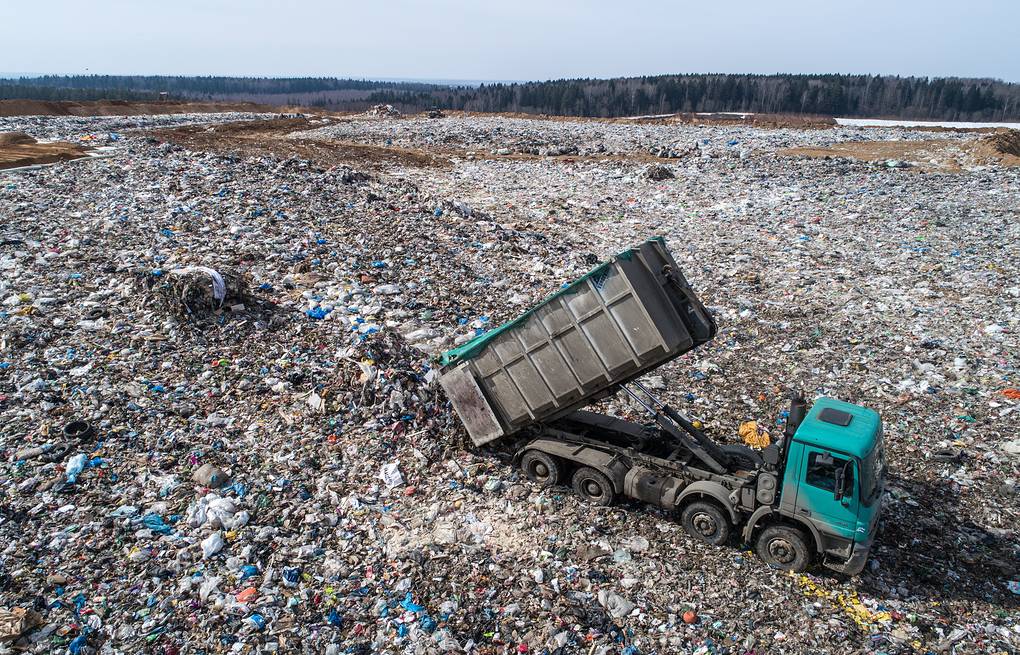
94% of the waste is taken to a landfill or landfill. There they are dumped into pits, then rammed with a bulldozer, falling asleep with earth. The compacted mass begins to disintegrate, forming a rattling mixture of chemicals that penetrate the soil and groundwater, poisoning them. In the air, methane, hydrogen sulfide and mercaptans are released – the products of bacteria that multiply inside the compressed garbage. These gases are toxic and contribute to the greenhouse effect.
As of 2018, only legal dumps in Russia occupy 4 million hectares and each year increase by 0.3 million hectares. and the area of natural unauthorized dumps can not be calculated.
• Incineration plant.
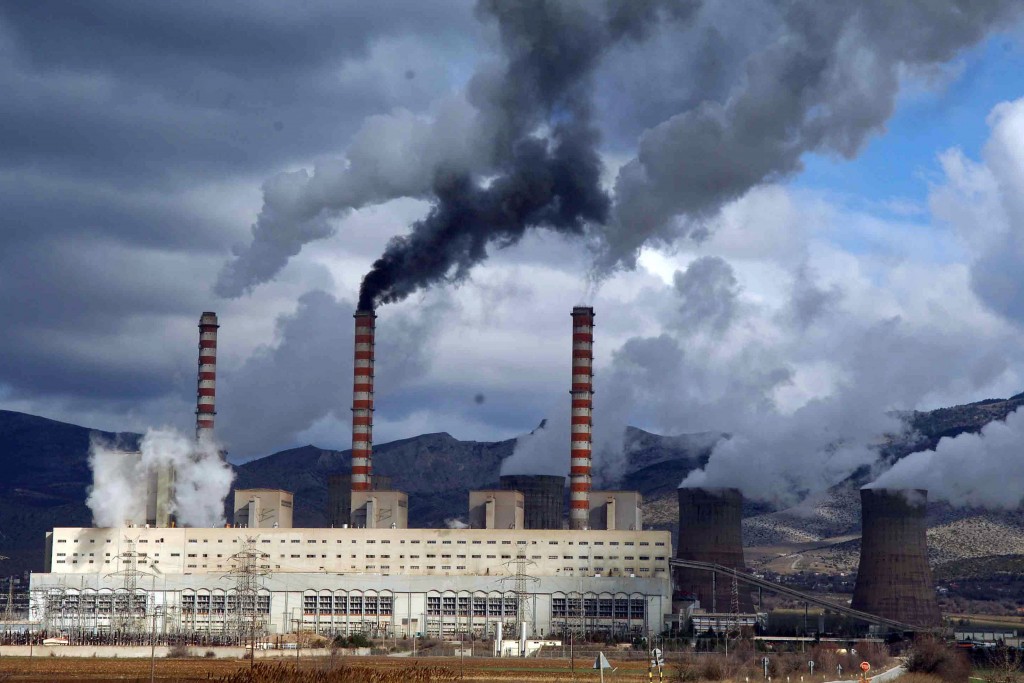
2% is incinerated in incinerators. This method is better because the amount of garbage is reduced by 10 times. Combustion releases energy that can be used to generate electricity or heat buildings.But the toxicity of the remaining waste increases dramatically. And the energy produced is not enough to cover the costs of construction and operation of the plant. In addition, 250 different substances are released into the air during combustion. The most dangerous of them are dioxins, 500 times more poisonous than strychnine.
Incinerators destroy non-renewable natural resources: oil, from which plastic is made, and metals, as well as wood, from which paper and cardboard are made. Wood is considered a renewable resource, but as it is required more and more every year, and the growth of one tree takes several decades, we spend faster than we fill.
• Secondary processing
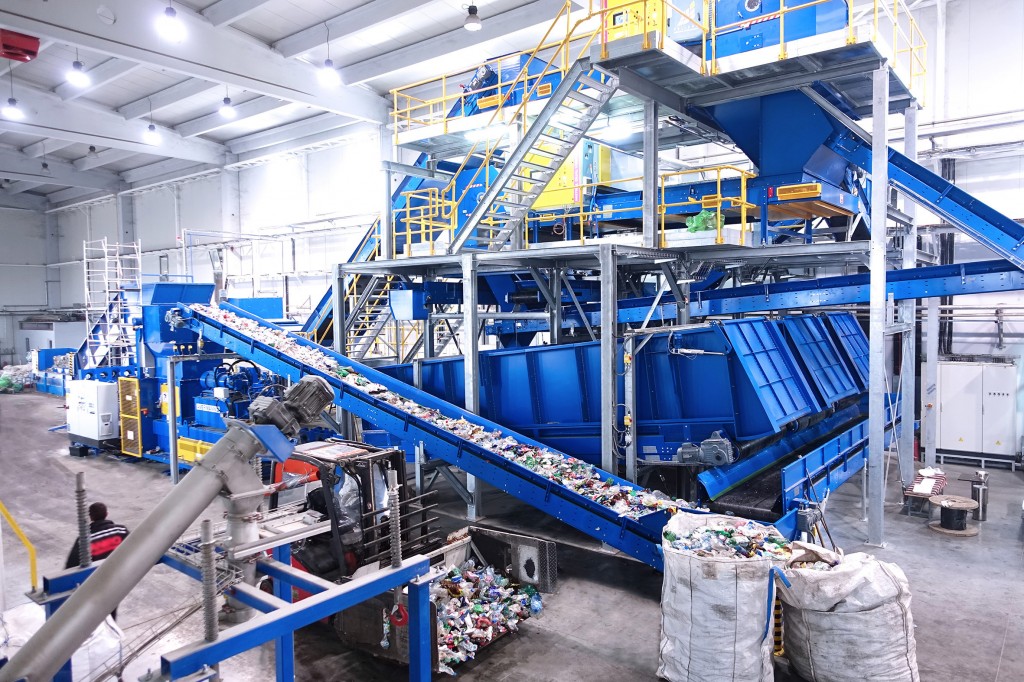
4% of things that have served their time, get a second life and again become raw materials and materials for production. But for this they must be collected and disposed of separately from each other depending on the material from which they are made.
What does it give?
1. Less resources are spent on the production of necessary things.
Waste paper turns into toilet paper, packing cardboard, school notebooks. For example, from a kilogram of Newspapers you can get 10 rolls of toilet paper.

Glass is melted down and bottles, glasses and other things are made again. So it can be used an unlimited number of times. From broken glass made building insulation-glass wool. From 400 wine bottles you can get a set of glass wool for insulation of a small country house.
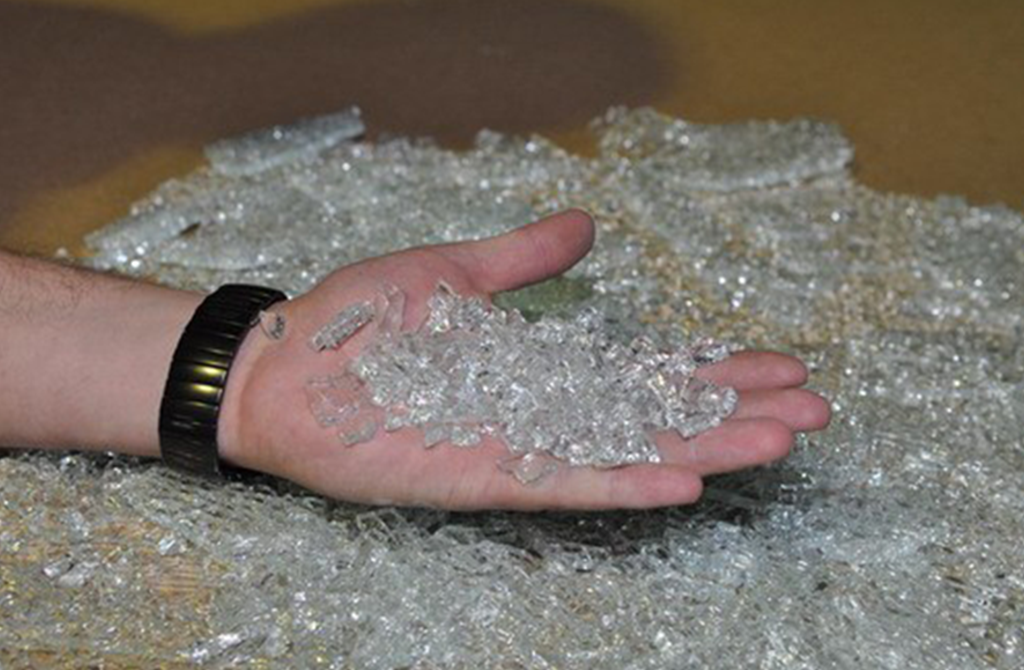
Recycled plastic bottles can become clothing: PET is used for the production of polyester, polyester padding, nylon. Recycled plastic is also used to make stationery, furniture, sports equipment, garbage cans, road surfaces.
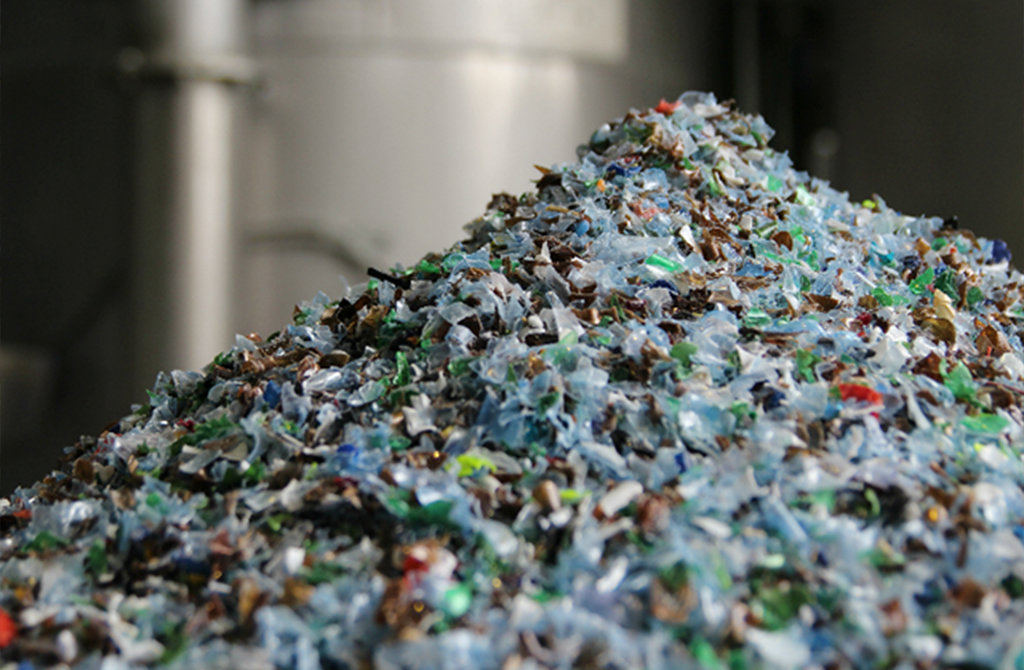
Non-ferrous and ferrous metals are sent to the smelting for the manufacture of new products. For example, from aluminum cans in 99% of cases again make banks, but use and for production of bicycles, cars and planes. 400 aluminum cans is 1 children's bike. Recycling recycled aluminum requires only 5% of the energy needed for primary production.
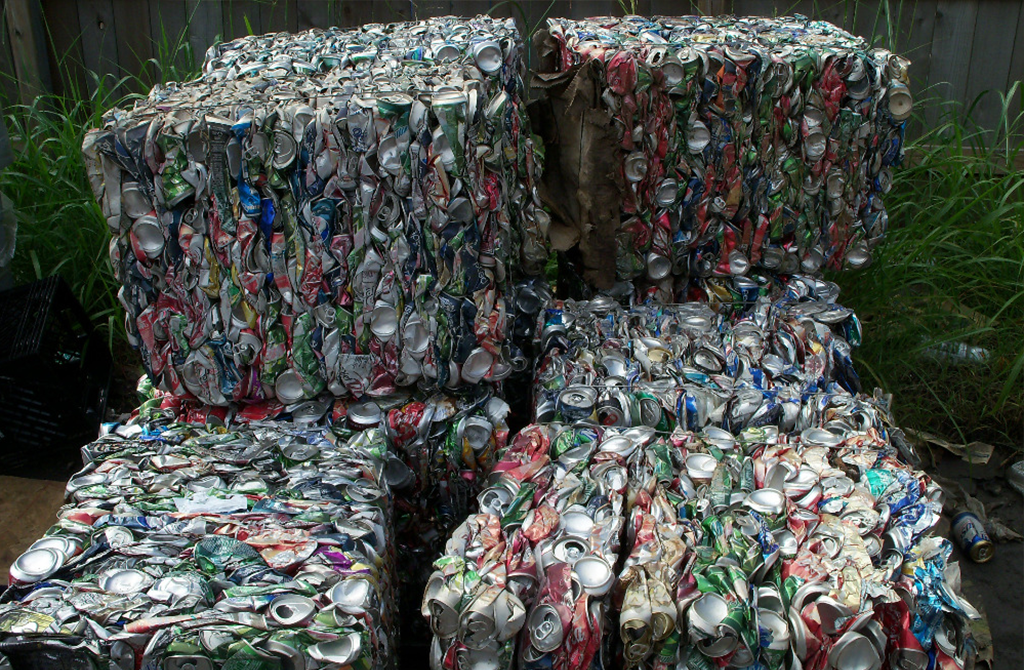
Wood is processed into plywood, chipboards for construction, fuel briquettes, coal, compost.
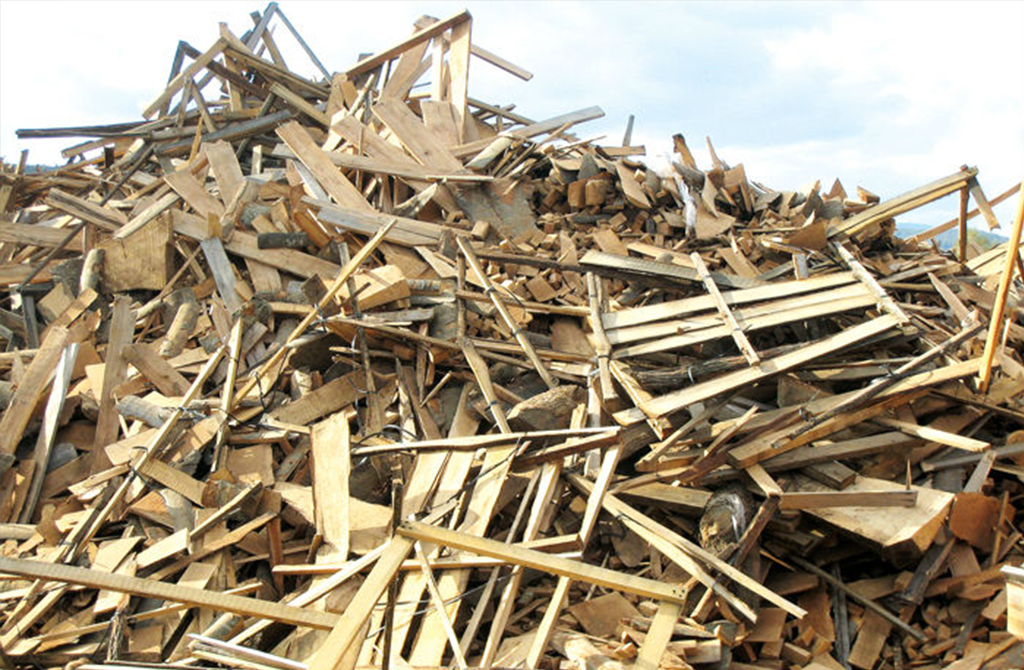
Non-working machinery is used to obtain parts and extract non-ferrous metals.
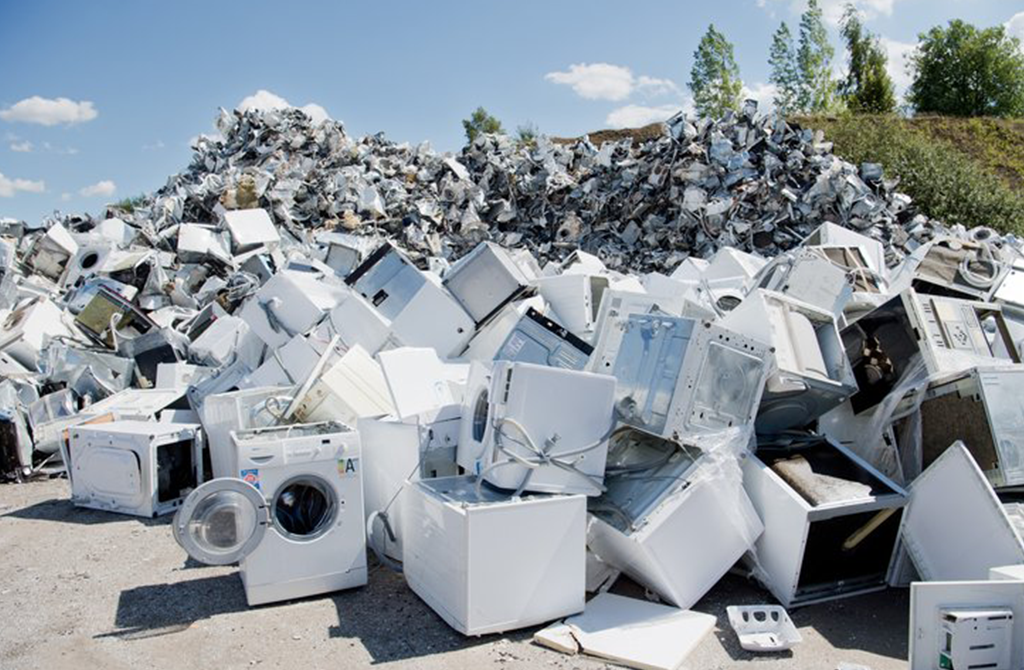
Old clothes, depending on their condition, will either go to second-hand stores or be recycled to get new fabrics. You can also donate things in good condition to charities. Thus it turns out that, having used some thing, we just return it when it becomes unnecessary for us.

2. The littering of the planet and the damage to nature and human health caused by the entry of toxic substances into the air, water and soil during the disposal and incineration of waste are reduced.
Why with so many advantages only 4% of garbage is processed, and the rest is burned or sent to landfills?
The fact is that such an approach requires efforts on the part of the state (organization of separate collection points, installation of special containers, equipment of processing plants), and on the part of each person. To throw garbage correctly, it needs to be prepared:
- Plastic bottles, food packaging and metal cans should be rinsed, if possible, remove the labels and crumple for compactness;
- Waste paper should be sorted, removing dirty (it is no longer suitable for recycling) and laminated paper, remove metal clips and clips;
- Old things, if you do not plan to take them to a charity Fund, and just want to hand over to the processing, do not need to cook specially. If it is still assumed that they will be used after you, then they should be handed over clean and repaired. The same applies to old toys and books.Then all this should be carried to a special container or taken to the point of separate collection of garbage;
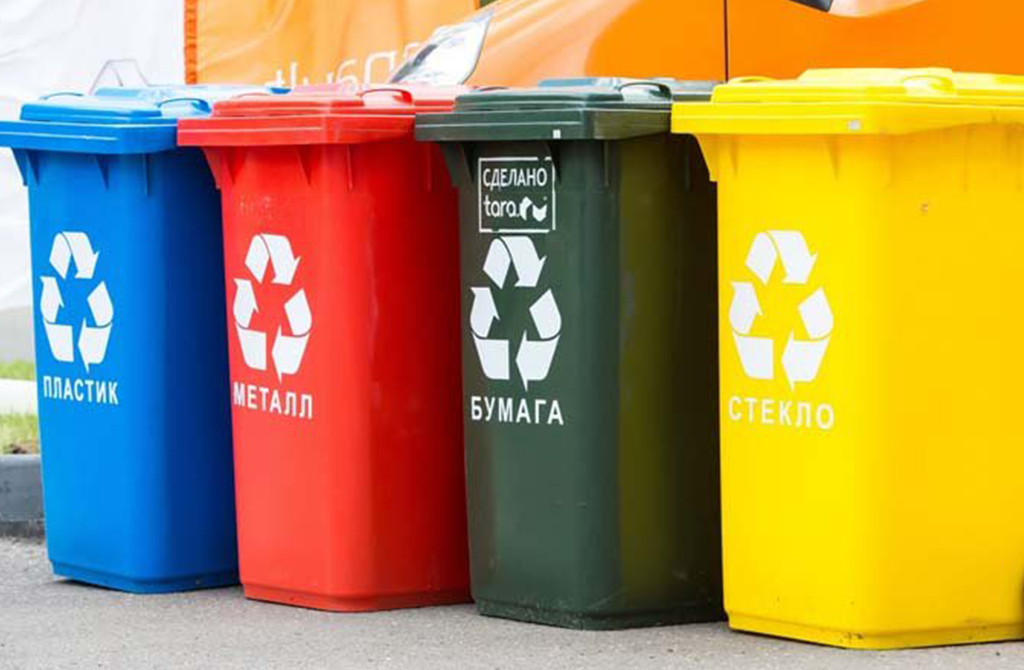
It is much easier to throw out of habit everything that has accumulated for the day in the trash, in a common container or garbage disposal. But according to experts, with this approach, landfills in Russia will overflow in 5 years! And in 10 years their area will increase by 2 times.
Sorting garbage is a matter of habit. In many countries and cities, this has long been the norm. For example, in San Francisco (USA) 75% of household waste is recycled, in Japanese Kamikatsu-80%. Both cities are planning to adopt the concept of "zero waste" by 2020 - all garbage will be separated and recycled. And in Germany for throwing out not sorted waste you will be issued a fine from 10 to 100 euros.
In Russia, 63 garbage protests took place in the first months of 2019. People oppose the construction of new landfills and incinerators near their homes. But this does not solve the problem globally. If the plant or dump doesn't show up in this place, it means they'll show up in another.
The only way out is to reduce the amount of waste due to recycling. According to Greenpeace forecasts, in this case, it is possible to reduce the amount of garbage annually entering landfills by 75-80% by 2030.
According to a survey by the Public opinion Foundation, 90% of Russians are ready to sort household waste if containers and garbage collection points are located near the house.
By Maria Astakhova
Read more
July 31, 2024
April 12, 2024
April 5, 2024